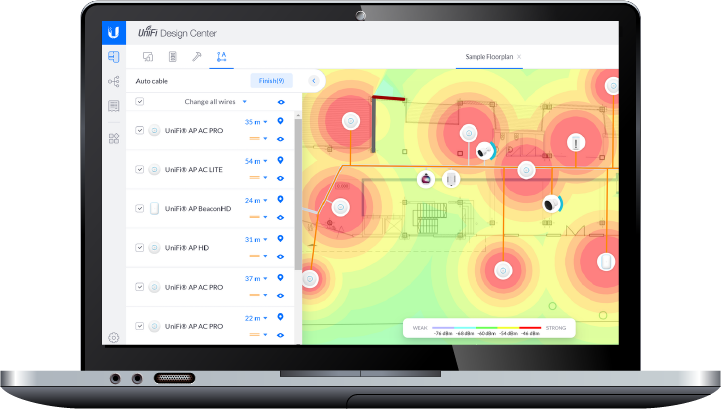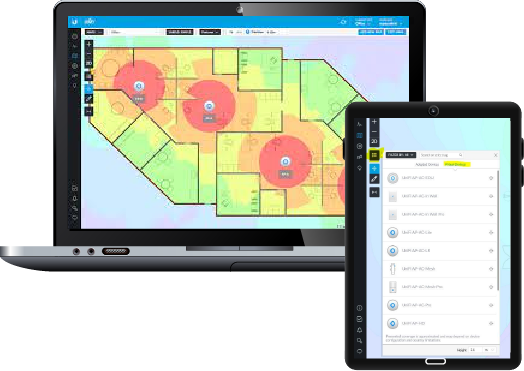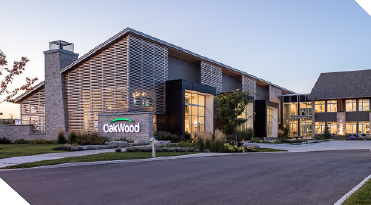Wireless Networks
Design, Optimize and Automate the Next Generation of Wireless Networks


HetNet (Heterogeneous Network)
Your in-building networks are designed and installed in tandem with the existing outdoor macro or small cell network. This approach enhances the performance of both networks by enabling seamless roaming, optimizing usage data and minimizing interference between them.

In-Building
A great, fast and reliable network is important in any business. The indoor wireless network must be designed and operated so that it delivers on performance and efficiency, not just for the office workers but for visitors as well.

Outdoor
Build an effective model of network architecture that can accommodate network densification. This will include designing the appropriate control plane, discovery mechanisms and architectures that can handle large number of customers in multi-vendor environment to provide seamless experience for all customers
Industry-leading wireless network design software
Stratus51 Professional
Our solution is the best flexible platform that can simultaneously design indoor and outdoor wireless networks, as well as calculate the propagation interactions between them. You can fully model the entire IP communications system across all tiers to see how the wireless stacks together within your architecture.
Stratus51 In-Building
In-building wireless is the best way to ensure that your
employees can access data when they need it. The bulk of
mobile data consumption occurs inside, hidden from the
elements. Ensure that the quality of your in-building
wireless network is properly maximized and that data may
be accessed when needed so that productivity and
communication are not compromised.
Plan, design and optimize indoor wireless networks with
the powerful tools and technology from Stratus51.
Visualize your network in real-time before committing to
hardware, gain insight into the expected coverage range,
understand RF propagation with simulation tools, and
optimize performance with a click of a button.


Flexible project management and onsite survey applications
Stratus51 Network Collaboration Hub
Planning a network is a complicated process, especially when you’re working with network engineers, network managers, and executives. Our Network Collaboration Hub automates the entire process and simplifies communication about big project tasks by combining all project planning information in one place.
Stratus51 Site Survey Tablet
Generate in-building site surveys to pinpoint coverage requirements, acquire the measurements and calculations needed for coverage prediction, quickly collect the data that’s used for quality assurance testing and quotation generation.





Latest projects from Stratus51
Wireless team

Archdiocese of Ottawa
Wireless Network upgrade,
September 2021

Oakwood Homes
New branch office, October 2021

MSI Corp
Call center floor expansion, February 2021
Get in touch to find out how Stratus51 software solutions can help you increase your network design productivity by 50%
EMAIL US

